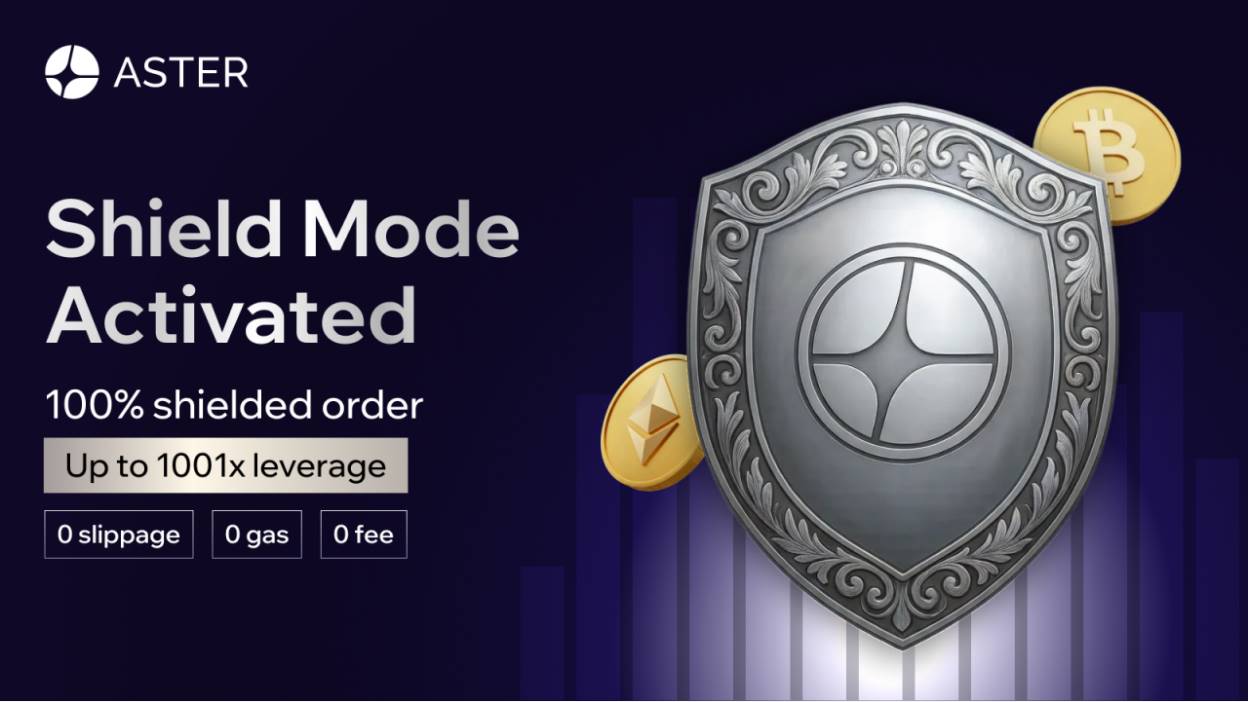Dialogue with Brevis Co-founder: The Second Wave of ZK, Real-world Implementation under Unlimited Computation is the Key
Chainfeeds Guide:
From real-time proof on Ethereum to full application coverage across Web3 and Web2.
Source:
Author:
TechFlow by Deep Tide
Opinion:
mo: In my view, the development of any technological wave follows a certain rhythm. Typically, the first wave of applications for a new technology is very limited, while the second wave greatly expands the range of use cases. If we look back at every new technology in the history of the Internet, they have all gone through such a process. For example, mobile Internet experienced two waves: from the initial simple applications to the migration of the entire Internet to mobile, including the rise of short videos. AI has also gone through a similar process; initially, it could only solve some specific small problems, but with the explosion of computing power, it ushered in a new cycle with large language models (LLM). The same goes for ZK. Around 2021, ZK became a hot topic in the blockchain field, but at that time its actual use cases were very limited, mainly focused on ZK-based Layer 2 networks. We believe that although ZK as an L2 solution is a good application case, the scenarios are very limited and it also faces competition from Optimistic Rollup. Until 2023, ZK entered a cooling-off period, but for us as an infrastructure team, this was not the key issue. We do not simply see ourselves as a ZK project; we are not driven by technology, but by demand. We want to solve real problems in the industry, and ZK happens to be an effective solution for these problems. The problem we want to solve is how to make large-scale computations verifiable and executable on the blockchain. ZK is not the goal, but a means. Our main difference from other ZK projects is that we can truly bring ZK into real-world scenarios and use cases. For example, in PancakeSwap, we found that projects need to provide customized experiences for different users, especially offering different fee rates for large traders based on trading volume. This requirement cannot be achieved with traditional smart contracts. Through ZK technology, we enable large traders to generate a proof of their trading volume, and then the smart contract executes different fee rates based on this proof, thus achieving a differentiated user experience. In our collaboration with Euler, the project wanted to go beyond simple lending incentives and use very complex models such as time-weighted mechanisms to better distribute rewards. Previously, this was also impossible to achieve on smart contracts, but now we have further solved it through ZK. Another example is the Linea platform, which uses ZK to implement a complex, time-weighted incentive distribution model, ensuring compliance, security, and transparency of incentive distribution. This incentive distribution scheme cannot be implemented through traditional smart contracts, but with ZK technology, we are able to successfully meet this need. From these practical applications, we can see that ZK technology not only solves complex computational problems but also helps realize more user-oriented customized services. We already have thousands of users across multiple fields using these systems. So, we are actually a demand-driven project, developing product technology based on real needs. We believe that only in this way can ZK be brought into broader application scenarios and drive the arrival of the ZK 2.0 era.
Disclaimer: The content of this article solely reflects the author's opinion and does not represent the platform in any capacity. This article is not intended to serve as a reference for making investment decisions.
You may also like
The $150,000 Collective Illusion: Why Did All Mainstream Institutions Misjudge Bitcoin in 2025?
There is a significant discrepancy between the expected and actual performance of the bitcoin market in 2025. Institutional forecasts have collectively missed the mark, mainly due to incorrect assessments of ETF inflows, the halving cycle effect, and the impact of Federal Reserve policies. Summary generated by Mars AI. The accuracy and completeness of this summary are still being iteratively improved by the Mars AI model.

JPMorgan Chase: Oracle's aggressive AI investment sparks concerns in the bond market.
Aster launches Shield Mode: a high-performance trading protection mode designed for on-chain traders
This trading feature, as an innovative protection mode, is dedicated to integrating the full 1001x leveraged trading experience into a faster, safer, and more flexible on-chain trading environment.

Crypto industry leaders gather in Abu Dhabi, calling the UAE the "new Wall Street of crypto"
Banding together during the bear market to embrace major investors!
